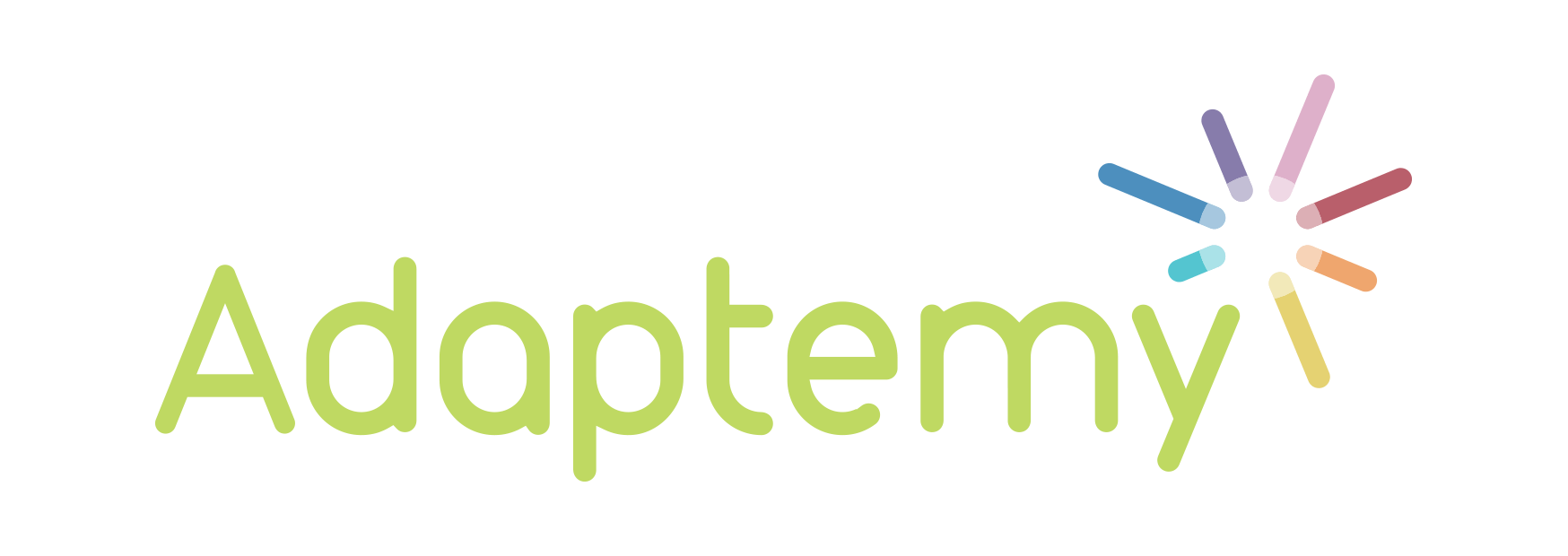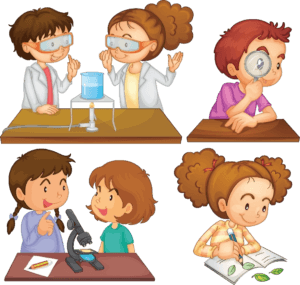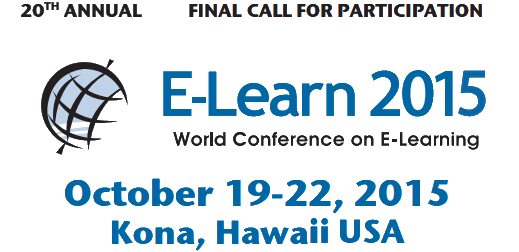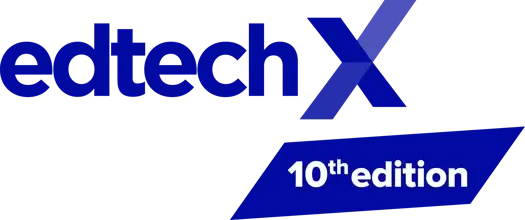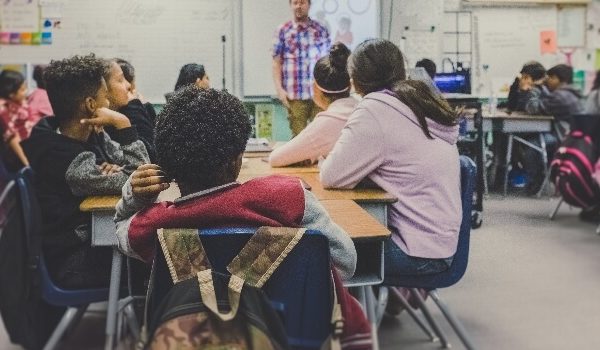By Dr. Ioana Ghergulescu
The decline in Science, Technology, Engineering, and Maths (STEM) graduates from 12% in 2000 to 9% in 2015 indicates that a lack of scientists will be a worldwide issue in the near future, with only an estimated 4% to 8% of graduates specialising in STEM by 2030. Part of this problem can be traced to secondary schools, where many students remain unaware of their potential in the field because they are not engaged by traditional teaching methods.
Innovative programmes are vital to capturing student engagement, and the need for these programmes is particularly high among second-level science students. As such, the Adaptemy team was inspired to create the world’s most effective digital classroom solution for science students. We are extremely excited and proud to introduce Adaptemy Science: an adaptive learning solution for the next generation science classroom. Adaptemy Science combines the latest research on adaptive learning technologies and cutting-edge developments in science education to empower teachers and engage students, improving learning outcomes via personalised and adaptive science learning experiences.
Adaptemy Science is built on our existing adaptive learning platform and is similar to our maths programme in its student navigation, teacher tools, and learner modeling. Additionally, the curriculum is defined by specifying knowledge items and the hierarchies, prerequisites and relationships that connect them. The curriculum map for Adaptemy Science contains three tenets: curriculum prerequisite biology, curriculum prerequisite chemistry, and curriculum prerequisite physics. Part of the latter map can be seen in the figure below.

Diagrams are important elements in learning and teaching in Science, Adaptemy Science use them in question description and solutions. Various types of questions are used, including enter answer, multiple choice, true or false, matching. Each question will be tagged on 2 dimensions: difficulty level (easy, medium and hard) and comprehension (essential knowledge, procedures and problem solving).
A new adaptation layer for learning session personalization that incorporates science pedagogy was designed and incorporated in the existing adaptation and personalization engine.
The main similarities between Adaptemy Maths and Adaptemy Science are student navigation, teacher tools and learner modeling. Adaptemy Science could be used as a standalone educational technology for learning, practice, revision or e-assessment as well as to complement existing programs and textbooks and teaching practices in Science.
The feasibility of Adaptemy Science was investigated by teachers within a focus group. The teachers acknowledged the suitability and the benefits of the proposed solution.
We also presented Adaptemy Science at the 20th Annual World Conference on E-Learning – ELEARN 2015 with the paper: “Adaptemy Science: Adaptive Learning for Science for Next Generation Classroom”.
If you want to start building your most successful-ever learning programme or you want to know more please email us at hello@adaptemy.com.
